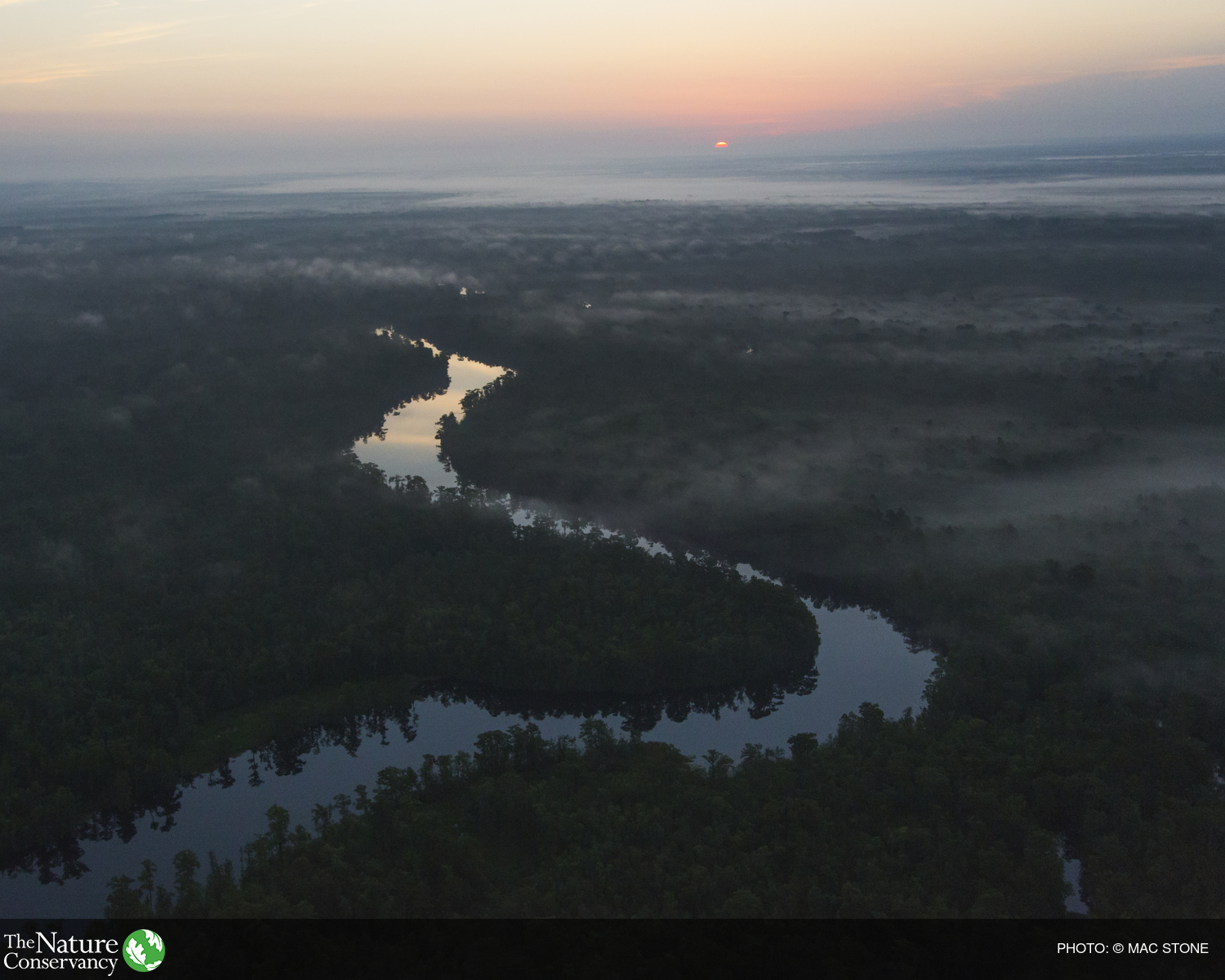Aquatic Connectivity Assessment Projects
The Northeast Aquatic Connectivity Project, Chesapeake Fish Passage Prioritization project (2013) and Southeast Aquatic Connectivity Assessment Project (SEACAP, 2015) have each assisted natural resource agencies in the eastern U.S. to identify priorities to reconnect fragmented aquatic habitats by targeting removal or bypass of key barriers to fish passage. These projects have worked to make future connectivity restoration projects more efficient by providing the regional information needed to enable strategic selection of projects most likely to produce ecological benefits.
Among their accomplishments, these projects have:
- produced unified regional databases of dams, impassable waterfalls, and anadromous fish habitat
- provided state agencies and partners a basis to move from opportunistic project selection to a more “ecological-benefits” approach to dam removal and fish passage improvement
- produced prioritized, expert-driven results for multiple restoration objectives including anadromous fish, resident fish, and brook trout
- developed web maps and tools that allows managers to re-rank dams at multiple scales (state, HUC, etc) or using attribute filters (river size class, dam type, etc), model the removal of barriers, and to examine multiple ecologically-relevant metrics linked to barrier locations
- created regional networks of professionals engaged in aquatic organism passage and assessment of potential ecological benefits associated with barrier mitigation
Northeast Aquatic Connectivity Project
First completed in 2011 and revised in 2017 to incorporate road-crossing crossings as well as dams, the Northeast Aquatic Connectivity project assessed over 200,000 barriers in the 13-state region from Maine and Virginia for their potential benefit to anadromous fish if removed or mitigated.
The project results, custom analysis tool, and full report are available via the project
web map here.
Chesapeake Fish Passage Prioritization
The Chesapeake Fish Passage Prioritization project was designed to help managers identify potential fish passage projects that are most likely to produce ecological benefits. Results include three consensus-based scenarios that depict dams in the 64,000 square mile Chesapeake Bay watershed where passage projects would provide the greatest potential benefit for diadromous fish, resident fish, and brook trout, respectively.
The project report, map, and custom analysis tool can be
accessed here.
Southeast Aquatic Connectivity Project
Similar to the Northeast Aquatic Connectivity project and Chesapeake Fish Passage Prioritization project, the Southeast Aquatic Connectivity Assessment Project (SEACAP) was designed to identify and prioritize dams from the Roanoke draining in Virginia to the Mobile drainage in Alabama for the potential benefit that could be realized for anadromous and resident fish if mitigated.
The project report, map, and custom analysis tool can be
accessed here.

